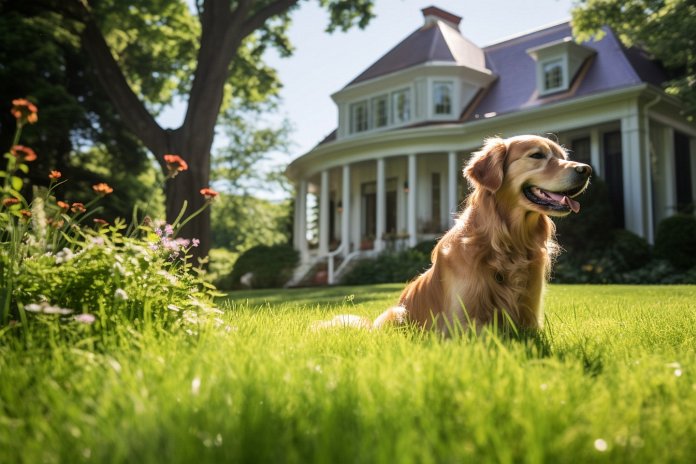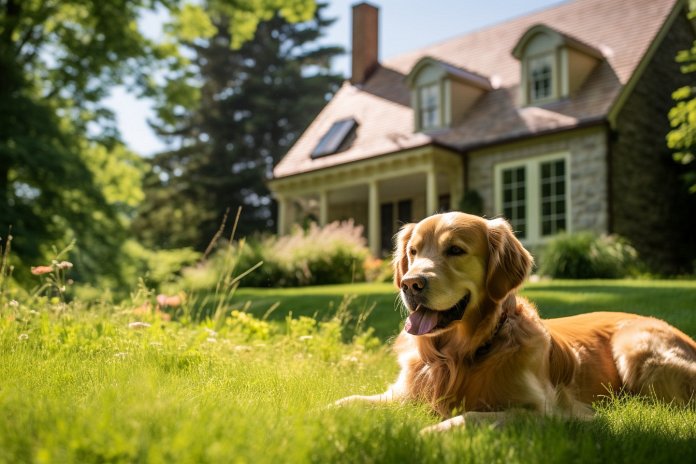
When you arrive at the park, your dog gets excited. But when you go to the vet, your dog may resist getting out of the car. How does your dog know what kind of experience awaits them? How does a dog’s memory work?
Dogs’ Memory and Associations
Dogs have a different way of forming memories compared to humans. They associate certain times of day, places, and behaviors with upcoming activities like going for a walk or getting food.
Dogs are skilled at predicting situations. The more they can predict events, the better they can prepare and respond. This is why the bond between dogs and humans is so strong.
Body Language and Memory
There are signs that indicate when a dog is remembering a certain place. These signs include barking, cowering, jumping up, wagging their tail, having a low tail carriage, or tucking their tail.
Other signs that a dog remembers something include staring at you, paying attention, and displaying abnormal behavior.
History of Dogs’ Memories
The partnership between humans and dogs began thousands of years ago. Wolves and humans realized they could help each other, leading to the domestication of dogs. Wolves were the first animals to be domesticated, and their ability to predict and respond to situations played a role in forming bonds with humans.
Dogs have a different way of thinking, which affects their memory. They form associations with events or ideas, creating their own kind of memory. For example, dogs associate specific times of day with eating time, which triggers certain neurological processes in their brains.
Training a Dog to Remember
Training dogs has many benefits, including expanding their thinking and creating positive memories. Dogs can learn tasks and behaviors based on commands given by their owners. Positive reinforcement, like treats and praise, helps reinforce their association with commands.
Consistency and repetition are key when training a dog to remember. By doing things at the same time every day, like coming home or showing objects associated with events, dogs can develop strong associations and memories.
Conclusion
Overall, understanding how dogs remember can help strengthen the bond between dogs and humans and improve training techniques.
“Training dogs to remember: The power of association and consistency”

Tips & Things to Know
1️⃣ Dogs form memories through associations: Dogs associate certain times of day, places, and behaviors with upcoming activities. They can predict situations and respond accordingly, which strengthens the bond between dogs and humans.
2️⃣ Signs that a dog is remembering a place: Dogs may exhibit signs such as barking, cowering, jumping up, wagging tail, low tail carriage, and tail tucking when they remember a specific place or event. They may also pay attention, stare at you, or display abnormal behavior.
3️⃣ Training a dog to remember: Regular training sessions can expand a dog’s thinking and create happy memories. By associating specific words or objects with behaviors or events, dogs can remember and respond to commands. Repetition and consistency are key in training, and it’s important to provide treats and positive praise to reinforce the association.
Frequently Asked Questions, Answered ✅
1. How does a dog’s memory work?
– Dogs have episodic memory and can remember events from a few hours ago, but do not have a long-term memory like humans.
2. Can dogs remember places?
– Yes, dogs can remember places by associating smells, car rides, and other cues with certain activities or events.
3. What are some signs that a dog is remembering a place?
– Signs include barking, cowering, jumping up, wagging tail, low tail carriage, and tail tucking.
4. How did the bond between humans and dogs develop?
– The bond began over 15,000 years ago when wolves and humans realized they could help each other. Over time, wolves formed strong bonds with certain humans, leading to the domestication of dogs.
5. How can dogs be trained to remember specific things?
– Dogs can be trained through repetition and consistency. By associating objects or cues with specific events and rewarding positive behavior, dogs can learn to remember certain things.